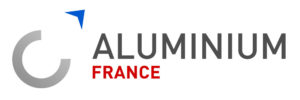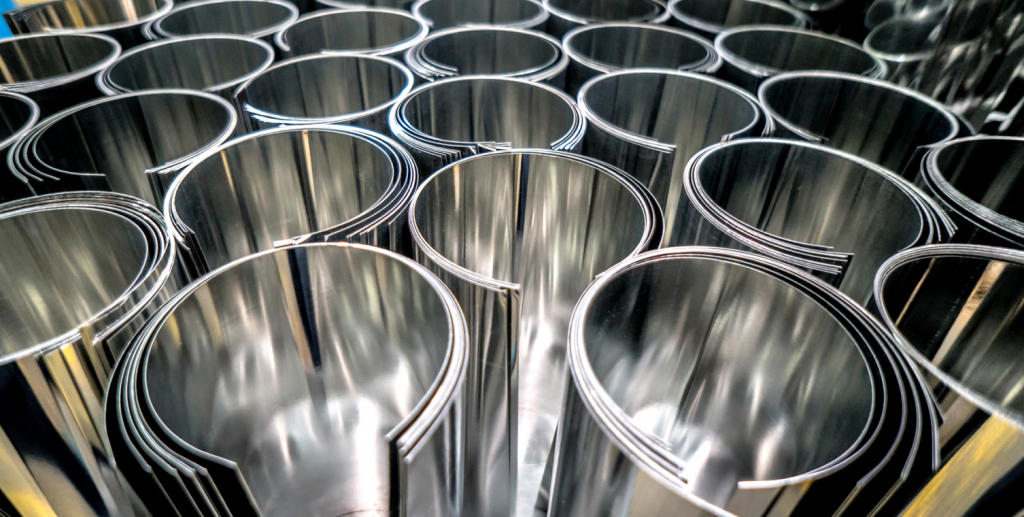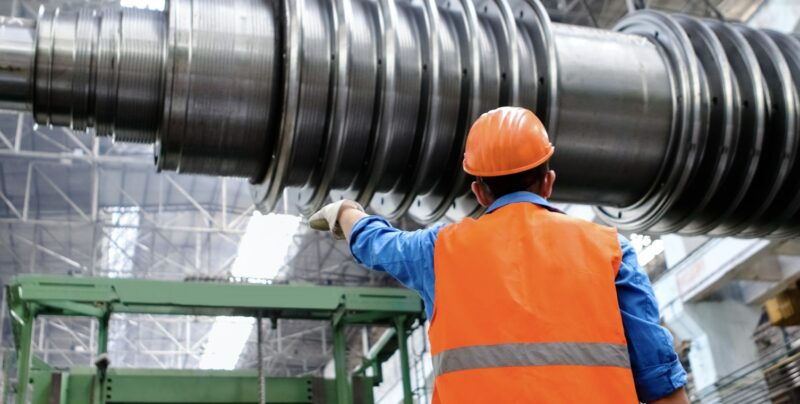Life cycle and recycling
Aluminum: a material with multiple lives

The cycle of life
"About 75% of the metal produced since 1880 is still in use today, after reuse"
The increase in our environmental awareness has led to a greater use of methods and studies related to life cycle analysis.
Life cycle assessment is the best framework for measuring the potential environmental impact of a product. It includes a comprehensive analysis covering material extraction, manufacture, transportation, use, recycling as well as related operations of energy supply, secondary material, and transportation. The ISO 14040 and 14044 standards define rules and a methodology which take into account and integrate all stages of the product life cycle.
European Aluminum , to which Aluminum France is affiliated, supports the use of this methodology by presenting reliable data on primary aluminum production, the manufacture of semi-finished products, aluminum recycling and its end of life:

Typical life cycle for an aluminum product
In general, the approach adopted for a life cycle analysis is that of “cradle to grave”, this grave being only that of the manufactured product. The metal continuing its existence thanks to recycling it is in this case rather a "cradle to cradle" approach.
The life cycle of an aluminum product can be modeled through the different stages presented in the diagram below. Please note: when we say "end", we mean the end of the product's life, not the end of the aluminum material, which is recycled many times.
- Bauxite extraction: first step in aluminum production.
- Production of alumina: raw material for the production of primary aluminum, it is extracted from bauxite.
- Production of primary aluminum: produced by electrolysis.
- Semi-manufacturing includes several industrial processes: rolling, extrusion, molding, etc.
- Product manufacturing: aluminum is then transformed into products.
- Use phase: The main markets for aluminum products are transportation, building construction, packaging and engineering.
- Recycling: All collected aluminum products are recycled and used again in other factories.
At each stage of this cycle, considerable progress has been made by manufacturers in the aluminum sector, and continues. At each stage of this cycle, considerable progress has been made by manufacturers in the aluminum sector, and continues.
Aluminum, from production to recycling: discover the videos, in English, of the IAI (International Aluminum Institute)
The recycling
Recycling is essential for sustainable development. It saves resources and reduces waste. The creation and promotion of markets for recycled products is fundamental.
Aluminum is 100% recyclable, without loss of its physical and chemical qualities. It is estimated that 75% of the aluminum produced since 1880 is still in use today.
While primary production consumes a lot of electricity, recycling only consumes 5% of the energy initially required.
It is therefore very profitable: used aluminum has a high economic value.
This economic value contributes to its effective recycling : the more aluminum a product contains, the more likely it is to be recycled!
The stock of aluminum to be recycled continues to grow and constitutes, for the future, important resources at a very low energy cost.
Key figures for aluminum recycling
- Le recyclage de l’aluminium ne nécessite que 5% de l’énergie nécessaire à la production primaire d’aluminium.
- Recycler 1 kg d’aluminium permet d’économiser 4 kg de bauxite, le minerai nécessaire à sa production primaire.
- Aujourd’hui, près de 47 % de l’aluminium consommé en France est issu du recyclage.
- En 2015, 472 000 tonnes d’aluminium ont été recyclées en France ; à titre comparatif, la production primaire s’est élevée pour la même année à 450 000 tonnes.
- Dans les deux secteurs représentant ensemble 63% de la consommation totale d’aluminium en France – le bâtiment et les transports -, le taux de recyclage de l’aluminium atteint 95%.
Zoom sur
The Board of Directors is made up of executives of active companies. Its members are elected for 3 years and meet every quarter. The Council defines the strategy of the profession and represents the aluminum industry in high places.
Aluminum France is the professional federation which represents the entire aluminum value chain in France. She is the spokesperson for the aluminum industry with French, European and international administrations, elected officials and civil society.

The Aluminum Refiners Group was created in 2018 and brings together aluminum refiners. It represents 80% of French production and enables the recycling loop to be closed.


